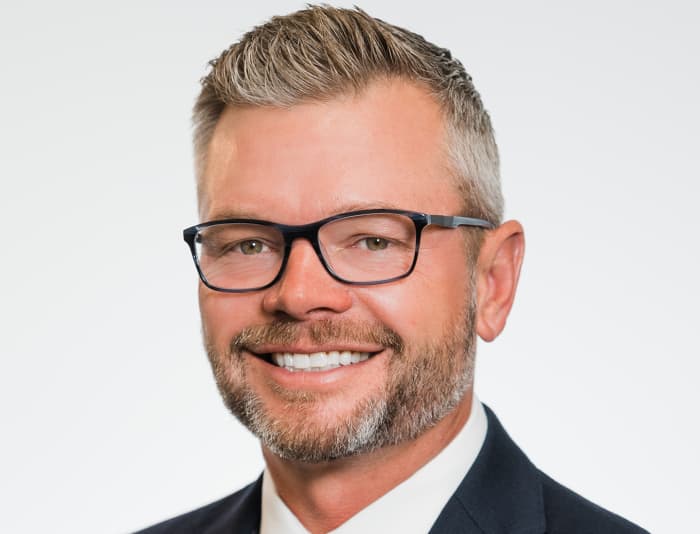This post was originally published on this site
The U.S.’s credit unions typically stand apart from commercial banks because they often offer a more local connection to financial services and lower fees, but they’re becoming more like commercial banks in terms of their role in the M&A craze among lenders, which is hitting record levels this year.
The U.S. housed more than 6,000 credit unions four years ago but today it’s closer to 5,000, according to industry estimates. If it keeps up this pace, it’ll fall to as few as 2,500 over the next few years.
Los Angeles-based University Credit Union sees itself as a buyer in this market as it looks to grow beyond its roots serving the college community in southern California.
“If you look back 40 years ago, smaller organizations could be competitive borrowing at 11% and lending at 19%, yielding a net interest margin of 8%,” said David Tuyo, president and CEO of University Credit Union. “Now you’re down to a net interest margin of 3% or less. That’s a difficult place for a smaller financial institutions to be competitive, given their operating expense ratios.”
With this reality in mind, Tuyo has been steering University Credit Union on an M&A path for the past four years. In 2019, the firm purchased CBS Employees Federal Credit Union in the greater Los Angeles area.
University Credit Union plans to close this month its acquisition of Chabot Federal Credit Union in a deal that will add about $73 million in assets and 1,650 members to its business.

University Credit Union CEO David Tuyo
The addition of Chabot will increase University Credit Union’s asset base to the $1 billion milestone in assets, with nearly 50,000 members by the end of the month.
University Credit Union took to heart to recent research studying the nation’s largest mergers and acquisitions where it showed seven out of 10 M&A deals being unwound 10 years after close because of lack of shareholder return.
“We don’t want to merge for merger’s sake,” Tuyo said. “We want to have a focused, disciplined approach.”
The genesis of University Credit Union’s acquisition of Chabot Federal Credit Union resulted from the target firm’s board launching a multi-month discovery process to talk to nine credit unions and weigh strategic options.
Tuyo said the deal seemed like a natural fit for both sides since they both serve the college community in complimentary geographies in northern and southern parts of the state. Chabot Federal Credit Union is based in Dublin, Calif., near San Francisco.
“They chose us after our presentation,” Tuyo said. “We were aligned on our core values and both serve the higher education community.”
Looking ahead, Tuyo said the credit union continues to consider more deals, as it positions itself to compete in a low interest rate environment. It currently has a “high reach goal” of $5 billion of assets, including organic growth and M&A, he said.
Credit Unions provide a niche in financial services through a common bond ownership base through a cooperative organization. As quasi-non profits (not-for-profits), credit unions generate value for their stakeholders, but generally operate at thinner margins than commercial banks. The thinner margins are based on superior expense controls, lower loan rates, lower fee structures, checking account costs at a Credit Union are often lower, and sometimes credit unions pay higher interest rates on many deposit accounts.




